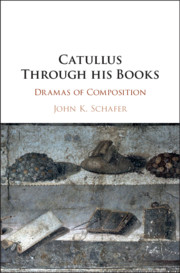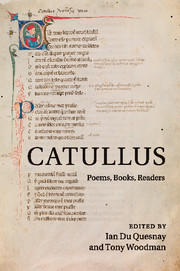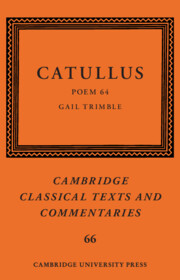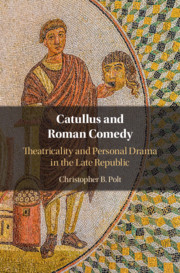Catullus Through his Books
Modern readings of the Roman poet Catullus' work have always been constrained by doubts about the surviving text. Does the sequence of our corpus reflect the artistically coherent and meaningful arrangement of the poems? Why are the various parts of the collection so jarringly different in content and emotional tone? To what extent, if at all, can we explain these shifts by appealing to Catullus' famously vivid portrayals of his emotions and life circumstances? Catullus Through his Books argues that we possess three separate books of poems designed by the poet himself; at key moments in these books, the poems dramatise the creative activity of their own composition, embedding apparent autobiographical details and purportedly revealing the poet's intentions and goals. These dramas of composition direct us through the poems, integrating our understanding of each part and generating a holistic vision of Catullus as poet of self-destroying longing and irreparable loss.
- Introduces a new theory of Catullus' poetic corpus as three distinct, authorially arranged poetry collections
- Calls attention to the text's depictions of its own genesis, especially at the openings and close of each work, as gestures of authorial self-fashioning and metapoetic commentary
- Situates its analysis of Catullus' books within Roman literary culture and book-writing and reading practices
Reviews & endorsements
'… a book with which every expert of Catullus will have to confront himself and that certainly testifies the intelligence, acuity and even the esprit de finesse of its author.' Sergio Audano, Resenas Reviews
Product details
March 2020Hardback
9781108472241
320 pages
235 × 158 × 19 mm
0.51kg
1 b/w illus. 15 tables
Available
Table of Contents
- Introduction
- Prolegomenon to the Catullus problem
- 1. Ax (Poems 52-60)
- 2. A (Poems 1-51)
- 3. B (Poems 61-64) and C1 (65-68b)
- 4. C2 (Poems 69-116)
- Conclusion: two interpretive applications
- Bibliography
- Index
- Index Locorum.





